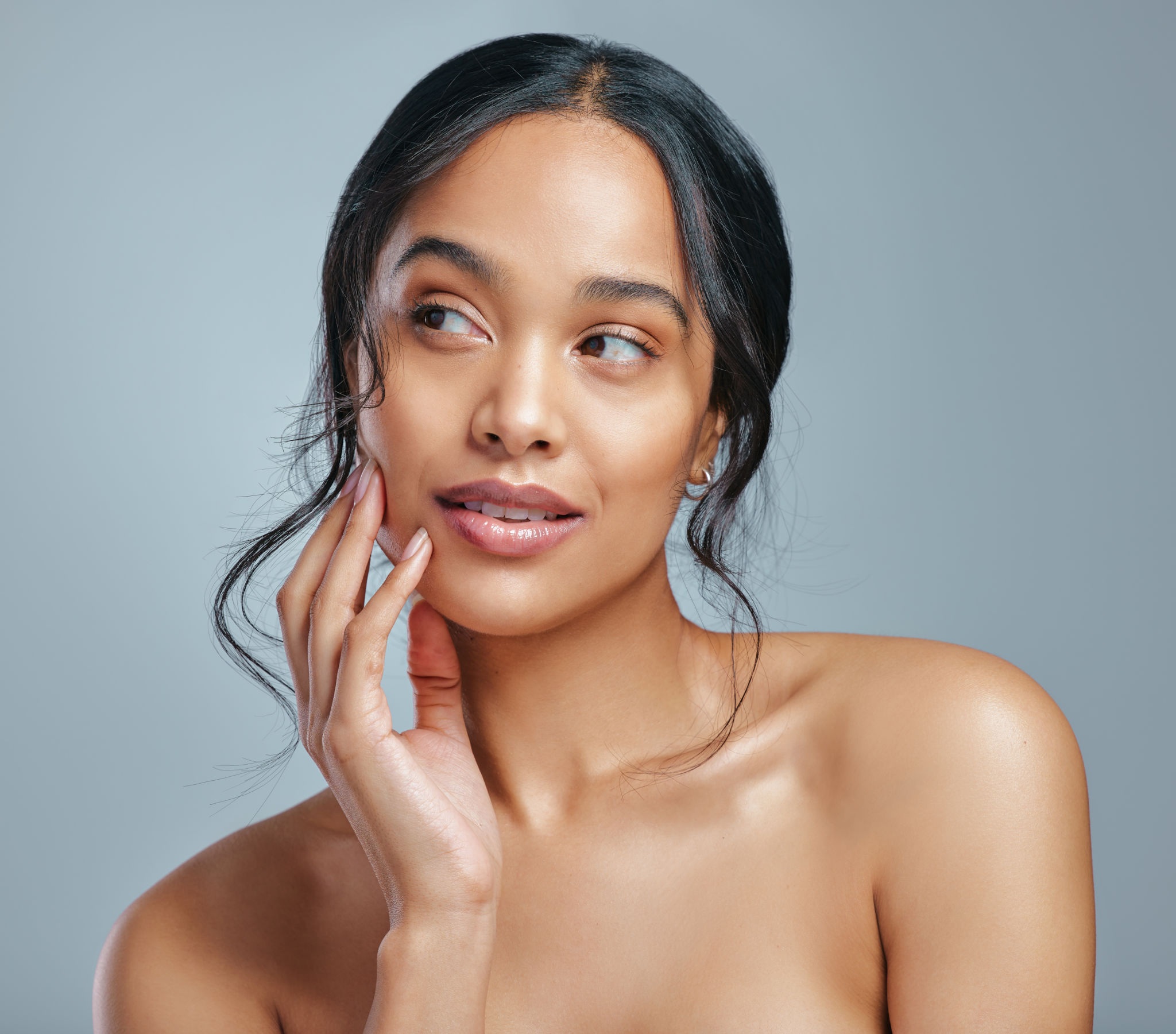Comprehensive Guide to Choosing the Right Skincare Products for Your Skin Type
Understanding Your Skin Type
Choosing the right skincare products begins with understanding your skin type. Knowing whether you have oily, dry, combination, sensitive, or normal skin is crucial to picking products that will work best for you. Each skin type has specific needs, and using the wrong products can exacerbate issues rather than resolve them.
To determine your skin type, consider how your skin feels shortly after cleansing. If it feels tight, you likely have dry skin. If it appears shiny, you may have oily skin. Combination skin will show traits of both, typically with an oily T-zone. Sensitive skin often reacts with redness or irritation to new products.

Key Ingredients to Look For
Once you've identified your skin type, the next step is understanding the key ingredients that can benefit it. For oily skin, look for products with salicylic acid or benzoyl peroxide to help control excess oil and prevent breakouts. Dry skin benefits from hyaluronic acid and glycerin, which provide intense hydration.
Sensitive skin requires gentle ingredients like aloe vera and chamomile that soothe irritation. Those with combination skin should seek out products labeled "non-comedogenic" to avoid clogging pores while maintaining moisture balance.

Reading Product Labels
Reading and understanding product labels is essential in making the right choice. Look for terms like "oil-free," "non-comedogenic," and "hypoallergenic" if you have oily or sensitive skin. For dry skin, "hydrating" or "moisturizing" are key terms to note. Always check the ingredient list for any known allergens or irritants.
Understanding Product Types
The world of skincare is vast, with various product types designed for specific purposes. Cleansers, toners, moisturizers, serums, and sunscreens are staple products in any skincare routine. Each plays a unique role in maintaining healthy skin.
Cleansers remove dirt and oil; toners balance pH levels; moisturizers lock in hydration; serums target specific concerns like aging or hyperpigmentation; and sunscreens protect against harmful UV rays. Understanding these roles helps in selecting the right products for your routine.

Building a Skincare Routine
Building a skincare routine involves selecting products that complement one another and address your skin's specific needs. Begin with a cleanser suitable for your skin type. Follow with a toner if desired, then apply a serum targeted at your primary concern.
Finish with a moisturizer to seal in hydration and a sunscreen during the day to protect against sun damage. Consistency is key; stick to your routine for the best results.
Testing New Products
When trying new skincare products, it's important to patch-test to avoid adverse reactions. Apply a small amount of the product on your inner forearm or behind your ear and wait 24 hours to see if any irritation occurs. If there's no reaction, it's likely safe to use on your face.
Introduce one new product at a time into your routine. This allows you to identify any product that may cause reactions and prevents overwhelming your skin with too many changes at once.

Consulting a Dermatologist
If you're unsure about your skin type or how to address specific concerns, consulting a dermatologist can provide personalized guidance. A professional can help create a tailored skincare regimen and recommend medical-grade products that target your unique needs.
Remember, the journey to healthy skin is personal and may require some experimentation. With patience and the right information, you can find the perfect skincare products for your skin type.